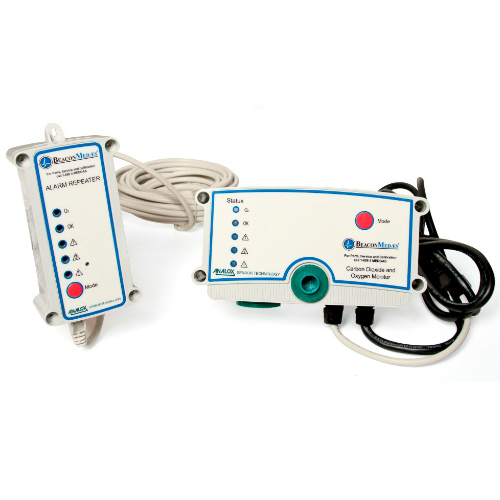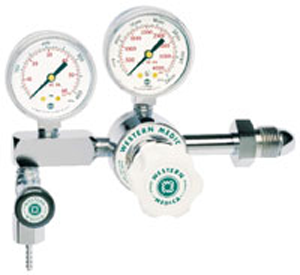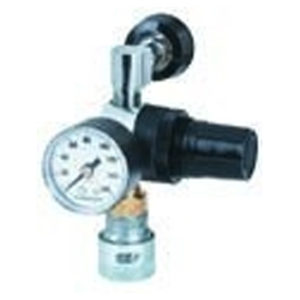Description
Oxygen Depletion Monitors for Manifold Rooms
Under the OSHA (Occupational Safety and Health Administration) definition, all manifold rooms can be considered confined spaces : “A confined space has limited or restricted means for entry or exit, and it is not designed for continuous employee occupancy. … OSHA uses the term ‘permit-required confined space’ (permit space) to describe a confined space that has one or more of the following characteristics: contains or has the potential to contain a hazardous atmosphere…” Read More OSHA
NFPA does not mandate confined space monitoring for manifold rooms, but many local jurisdictions are requiring them for manifold rooms, MRI gas storage areas, laboratories that store gases, and other areas containing volumes of asphyxiant gases. These monitors allow the worker to know if the room is safe before entering.
Typically the monitors work by installing a simple sensor with an annunciator in the room and a remote annunciator or alarm outside the room (ideally near the door handle). They give a visual indication of the atmosphere in the room (usually a green light) if all is OK, and a red indicator and alarm horn or buzzer if the room oxygen is low. They include a volt free contact for connection to the master alarm if desired.
BeaconMedæs is recommending the installation of Oxygen Depletion monitors for any manifold enclosure which is not open air. This would include any enclosure, whether provided with natural or mechanical ventilation per NFPA. Exceptions would be enclosures which contain only air, oxygen and/or mixtures with oxygen content equal to or greater than 20% (e.g. Helium-oxygen mixtures, O2 > 20%).






